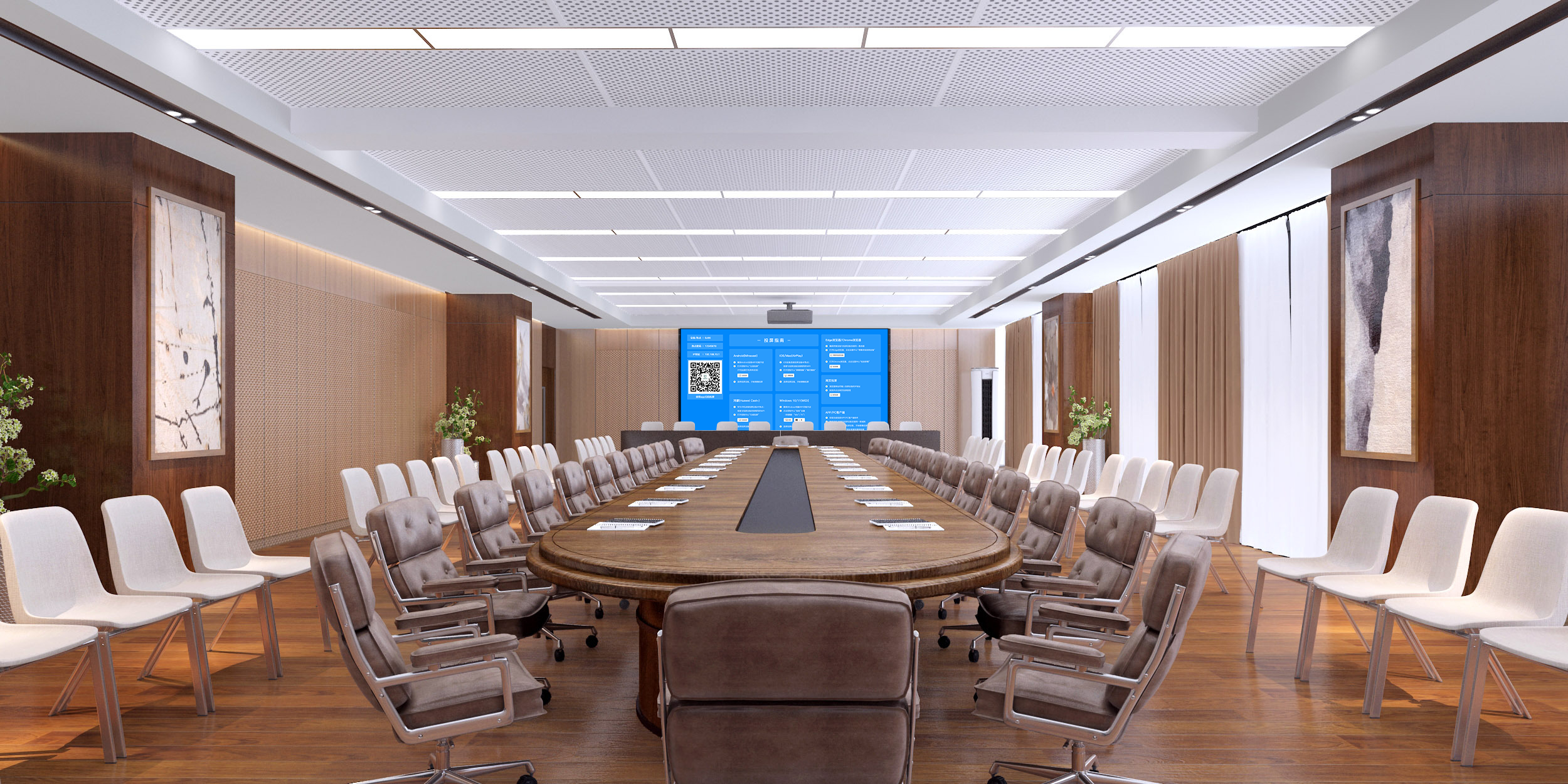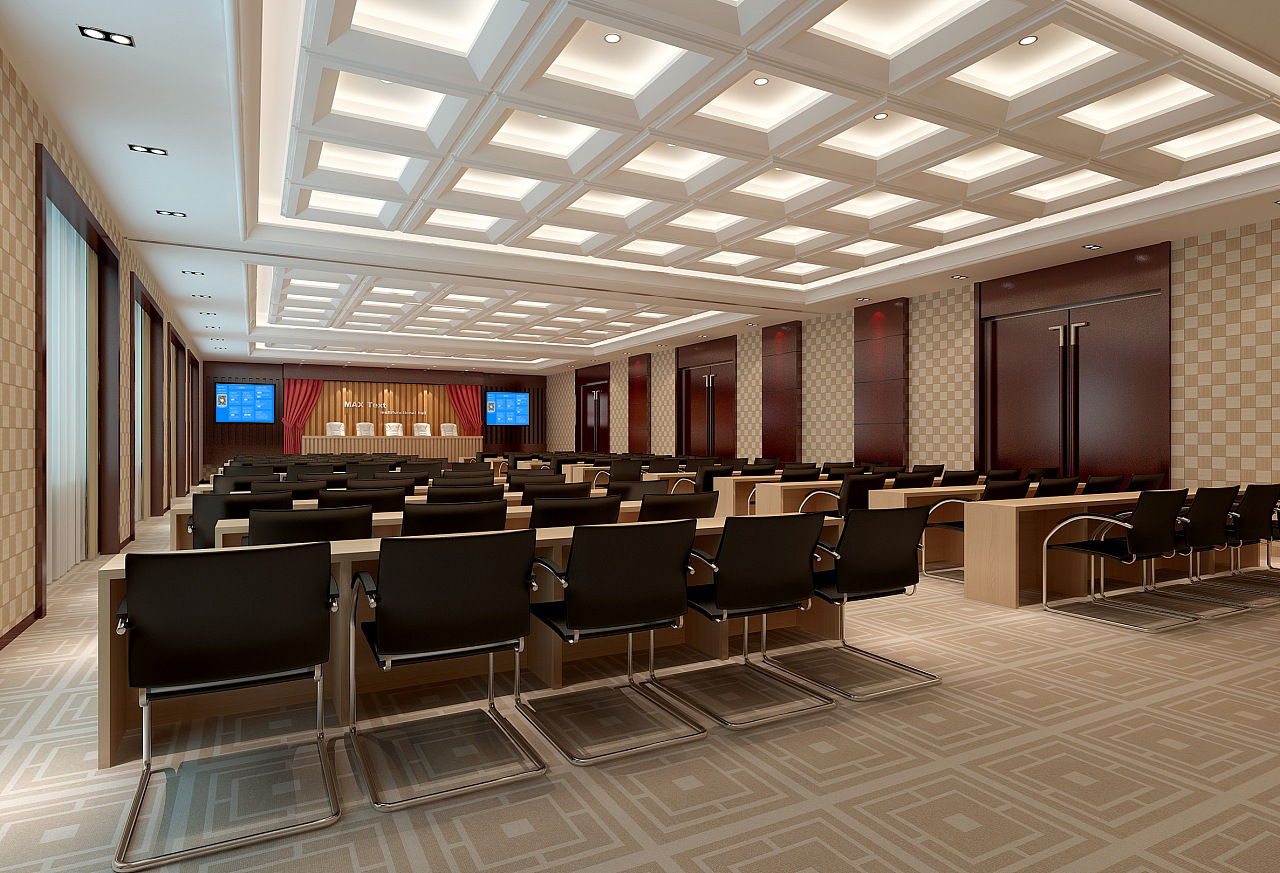Google Cast: A Powerful Tool for Cross-Ecosystem Wireless Screen Mirroring
Google Cast, built on Google’s native mirroring protocol, is deeply compatible with the Android device and Chrome browser ecosystems. With its focus on lightweight connection, cross-device collaboration, and stable, smooth transmission, it covers office, education, and entertainment scenarios, making wireless content transfer more efficient.
Universal Ecosystem Compatibility, Zero-Barrier Connection
Its compatibility covers the Google ecosystem and its partner devices, with a simple operation and no learning curve:
- Mobile Devices: An Android phone or tablet (with Android 6.0 and above) can start mirroring through the system’s “Cast” function or a Cast-compatible app (like YouTube or Tencent Video), with no extra plugins required.
- PC Devices: A Windows/macOS computer can open the Chrome browser and click the “Cast” icon in the address bar. You can choose to mirror the entire screen or a single tab, which works for various office scenarios.
- Display Terminals: Cast-enabled devices like smart TVs, meeting screens, and projectors are interoperable across different brands, with a compatibility rate of over 90%.
Once a device is connected to the same Wi-Fi, it takes 2 seconds to find and pair with it, so anyone can get the hang of it right away.
Clear and Stable Transmission, a More Flexible Experience
It supports 1080P Full HD mirroring, with some high-end devices capable of 4K Ultra HD output. When you mirror a document or a video, the details are clear and the colors are true to life. Based on Google’s optimized transmission protocol, the latency is as low as 25ms, and the audio-video synchronization is precise. There’s no ghosting or lagging when playing a dynamic presentation or a movie. The unique “background mirroring” design allows your phone to be used for checking messages or making calls after you’ve mirrored a video. You can also switch tabs on your computer to look up information while mirroring a proposal, so multitasking is seamless.
In-Depth Applications for Real-Life Scenarios
- Office Meetings: Efficient and Seamless Collaboration
- You can use the Chrome browser to directly mirror an online document or a cloud-based report. The content on the web page is synchronized in real time, with no need to download a local file, which prevents version conflicts.
- You can instantly mirror on-site photos and impromptu videos from an Android phone to a large meeting display, which quickly adds to the discussion.
- When multiple people are taking turns presenting, you can quickly switch between Chrome tabs to mirror different content, so the meeting flows smoothly with no need to repeatedly disconnect and reconnect.
- Classroom Teaching: More Lively Interaction
- A teacher can use an Android tablet to mirror a lesson and an online educational video. You can also open the Chrome browser to get resources like virtual labs and educational documentaries, which enriches the lesson content.
- Students can use their computers to mirror homework and mind maps to a large display with Chrome, and the whole class can give feedback. The teacher can use a tablet to annotate and edit on the spot, which makes classroom interaction more engaging.
- Home Entertainment: A More Immersive Experience
- You can use a Cast-compatible app to mirror a movie or a show to a TV. It supports resuming playback from where you left off and adaptive picture quality, which makes large-screen viewing more immersive.
- At a family gathering, multiple people can take turns mirroring travel photos and videos from their phones, and they can be switched on the receiver. There’s no need to huddle around a small screen to share the fun.
- Commercial Presentations: Flexible and Eye-Catching
- A salesperson can use an Android phone to mirror a new product video or a promotional poster to an in-store display, allowing them to update the content at any time to align with the pace of a promotion.
- At an exhibition, you can use the Chrome browser to mirror a product’s official website or a 3D display page to a portable projector. There’s no need to carry heavy equipment, so the presentation is more flexible and makes it easy to communicate with customers up close.
Secure and Convenient Management
It supports a device whitelist and a temporary authorization code, so only authorized devices can connect. This prevents unwanted content from interfering with a meeting or lesson. An administrator can remotely monitor the operational status of the receiving device (number of connections, signal strength, and firmware version) and perform online firmware upgrades, with no need for on-site maintenance, which reduces management costs.
Deployment is extremely simple. You just need to connect the Cast receiver to a large display with an HDMI cable and connect it to the network to use it, with no modification of existing equipment required. Whether you’re a heavy user of the Google ecosystem or an enterprise or school that needs a lightweight screen mirroring solution, this solution can meet a variety of needs with its advantages of “simplicity, stability, and collaboration.”